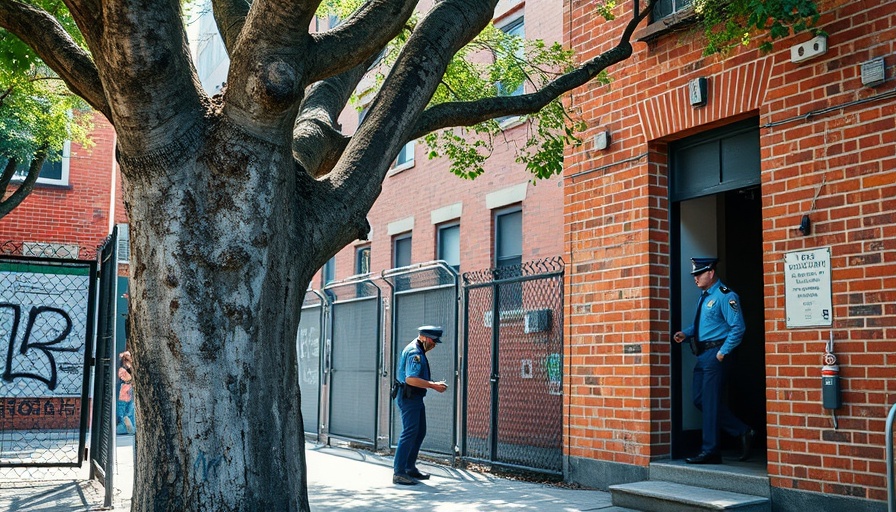
The Vision for a Revitalized Penn Station
The ambitious $7.5 billion plan recently unveiled by the Grand Penn Community Alliance seeks to transform New York’s Penn Station and its surroundings into a modern urban nexus. This plan, spearheaded by chief architect Alexandros Washburn, entails relocating Madison Square Garden across Seventh Avenue to the site of the former Hotel Pennsylvania. Following the move, the current location of the Garden will be replaced with a sprawling green park, creating a much-needed recreational space for New Yorkers and visitors alike.
Reviving Classical Architecture
The proposal aims to revive the grandeur of the original Penn Station, famously demolished in the 1960s. The new design incorporates classical columns reminiscent of the historical structure, ensuring that commuters experience a nod to the station's rich past. The vision includes the world’s largest train concourse, designed not only for aesthetics but also for practical use, accommodating the busy hub’s increasing passenger traffic. Advocates argue that the changes will enhance both functionality and the commuter experience, ultimately making travel more efficient.
Political Support and Controversy
This new initiative is not just an architectural proposal; it signals a political maneuver involving ties to former President Donald Trump. The Grand Penn Community Alliance is backed by Trump allies, positioning the revival of Penn Station within a broader narrative of urban renewal and infrastructure development. The proposal's ties to Trump have stirred mixed feelings among local politicians and community members, particularly as they weigh the potential for economic growth against the disruption of longstanding local businesses and residential areas.
Public Response and Future Implications
As news of the plan spreads, public response has been largely polarized. While some New Yorkers welcome the prospect of a greener space and improved transportation facilities, others express concern over the demolition of local properties to facilitate the redevelopment. Assembly member Tony Simone has already called for a reevaluation of local planning to ensure that community voices are considered in this significant transformation. The discussions around this project exemplify the challenges faced when balancing modern development with historical preservation in a city as iconic as New York.
Conclusion and Future Perspectives
The $7.5 billion Penn Station plan represents more than just physical renovations; it embodies a vision for the future of urban infrastructure in New York City. As deliberations continue, it will be essential for stakeholders to engage with community feedback to shape a project that reflects the aspirations and needs of New Yorkers. This initiative not only aims to enhance the transportation landscape but also seeks to reinstate a sense of identity that the original Penn Station once provided.
 Add Row
Add Row  Add
Add 




Write A Comment